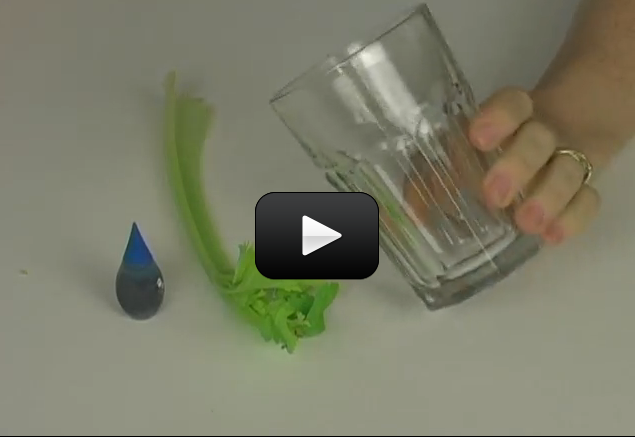Here’s a fun experiment that shows you how much stuff can pass through a membrane. Scientist call it the semi-permeability of membranes.
Before we start, take out your science journal and answer this question: What do you think will happen when we stick a piece of celery into a glass of regular water. Anything special?
What if we add a teaspoon of salt to the water? Now do you think anything will happen?
Please login or register to read the rest of this content.

